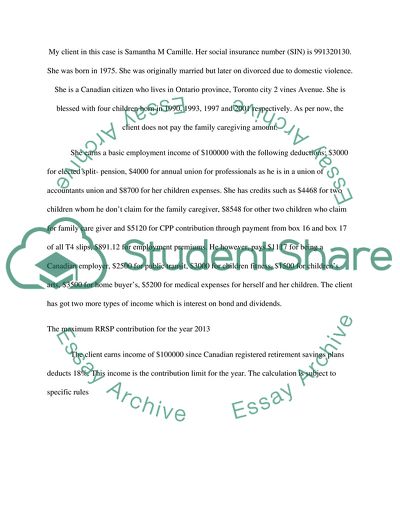Cite this document
(“The Calculation of the Federal Non-Refundable Tax Credit Assignment”, n.d.)
The Calculation of the Federal Non-Refundable Tax Credit Assignment. Retrieved from https://studentshare.org/finance-accounting/1653978-canadian-taxation-case
The Calculation of the Federal Non-Refundable Tax Credit Assignment. Retrieved from https://studentshare.org/finance-accounting/1653978-canadian-taxation-case
(The Calculation of the Federal Non-Refundable Tax Credit Assignment)
The Calculation of the Federal Non-Refundable Tax Credit Assignment. https://studentshare.org/finance-accounting/1653978-canadian-taxation-case.
The Calculation of the Federal Non-Refundable Tax Credit Assignment. https://studentshare.org/finance-accounting/1653978-canadian-taxation-case.
“The Calculation of the Federal Non-Refundable Tax Credit Assignment”, n.d. https://studentshare.org/finance-accounting/1653978-canadian-taxation-case.


